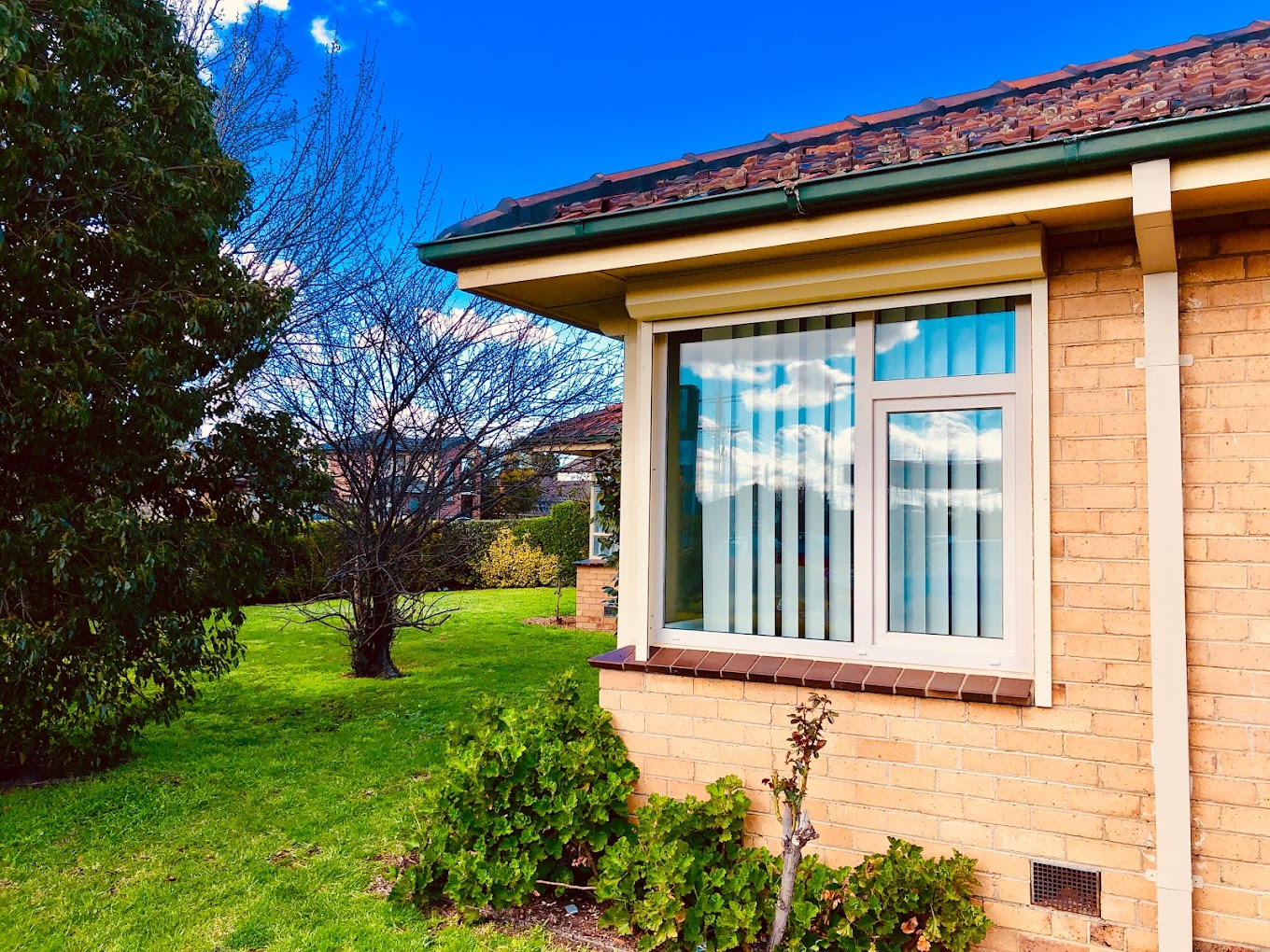All Categories
Featured
Table of Contents
Does Double Glazing Keep Heat Out in Mosman Park Western Australia
Laminated glass is often utilized in areas in the home most prone to injury from human effect such as restrooms, doors, around staircases and in areas near to the floor (it satisfies the requirements of 'safety glass' that is mandated for usage in these locations by Australian Basic AS 1288 Glass in buildings).
Toughened glass has been 'tempered' by being reheated and rapidly cooled again. This procedure makes it much more powerful than standard glass it can resist higher effect loads before breaking. It also makes it safer since, when it does shatter, it breaks into many little cubic pieces rather than dangerous shards.
Does Double Glazing Reduce The Heat In Brisbane's Summer? in Waterford WA
Nevertheless, toughened glass has no thermal or acoustic advantages over other glass of the very same toning or thickness. Secondary glazing is where single-glazed windows are retrofitted with a transparent acrylic or glass sheet connected to the within the frame or openable sash with a secondary frame or with magnetic strips.


Secondary glazing will not carry out too thermally as a made IGU, since it is impossible to totally seal the boundary, but it can supply excellent sound control. Window films are a thin polymer film containing a taking in dye or reflective metal layer, with an adhesive backing. They adhere to your glazing to alter its colour or make it reflective.
Glass & Glazing - Easy Windows Upvc Double & Triple ... in Midland Perth
Applied to existing glass, some window films can halve the overall SHGC of the window by absorbing and/or showing solar radiation. This can be particularly beneficial in hotter environments where cooling is the main issue, or on east and west elevations directly exposed to long durations of sunshine. Window films might also minimize noticeable light transmittance.

For this factor, it is usually best to use a certified installer of window movie. Frames have a significant influence on the thermal performance of windows and doors, due to the fact that energy can be acquired and lost through the frame, along with through the glass. Various types of frame will allow various levels of heat gain and loss, so careful choice of frame is very important for efficient passive design.
Insulated Glass Unit – Igu in Bicton WA
However, aluminium is likewise an excellent conductor of heat and will reduce the insulating worth of a glazing system, unless particularly engineered to reduce this. A 'thermally broken' frame is made up of 2 aluminium areas linked by a structural insulator (typically a low-conductivity structural polymer). This 'breaks' the thermal connection through the aluminium and decreases the heat streaming through the frame.
They can be expensive, however rates are decreasing as they become more common. Wood frames are an excellent natural insulator that can match some home styles. Lumber frames need to be made from species that have naturally high toughness or be dealt with to avoid decay and contortion. Inspect that the lumber is sourced from a sustainably managed forest.
Top 10 Tips To Keep Your Home Cool in Hillarys Western Australia
This can result in gaps that allow air seepage unless good draught sealing (weather condition stripping) is installed. u, PVC is a kind of plastic (unplasticised polyvinyl chloride, likewise called stiff PVC). u, PVC frames provide outstanding thermal performance, often better than lumber or thermally broken aluminium. u, PVC is long enduring and requires extremely little upkeep, and can be moulded into intricate profiles that provide excellent air seals.
u, PVC windows and doors have exceptional thermal performance Image: Ben Wrigley (Light Home Architecture and Science) Composite frames utilize aluminium profiles on the external sections with either a timber or u, PVC inner area. These combine the low upkeep and resilience of aluminium with much improved thermal efficiency.
Latest Posts
Pros And Cons Of Argon Gas In Windows in Ridgewood WA
Does Double Glazing Have A Vacuum? in Shoalwater WA
Double & Triple Glazing Windows In Warwickshire in Perth